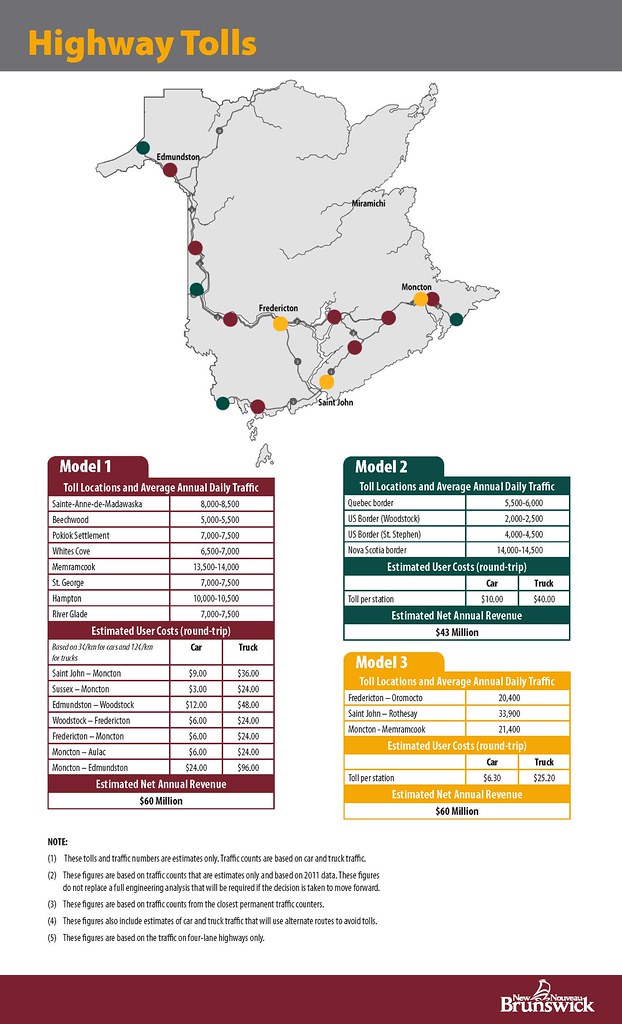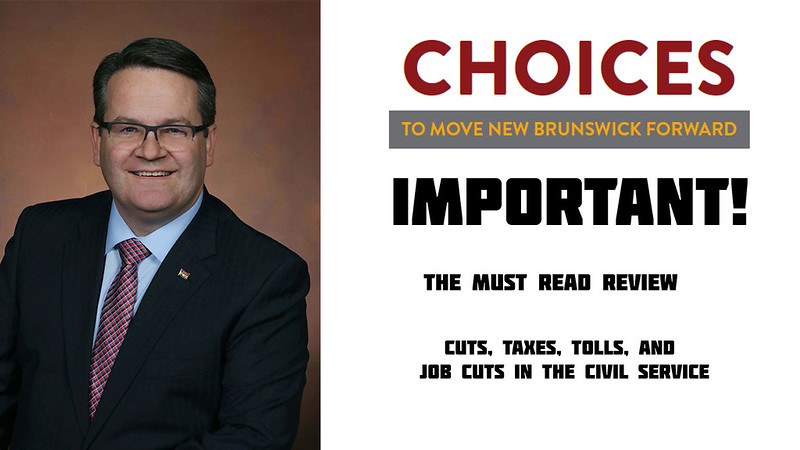Fredericton – The provincial government has released more details on how a credit could help minimize the impact of a potential Harmonized Sales Tax (HST) increase on low and middle-income New Brunswickers.
Our government is focused on helping families and our most vulnerable. A credit would decrease the revenue associated with an HST increase, but it would help those who need it most. We want New Brunswickers to be aware of the credit option that we would consider as part of any potential decision about the HST.
An HST increase could generate up to $300 million per year. This revenue would help prevent major cuts to health and education. The HST credit option discussed below would reduce the amount of revenue generated by the HST by about $100 million but would provide a significant benefit to low and middle-income New Brunswickers.
- Under this option, the full HST credit would be provided to anyone with a family income of less than $35,000 per year.
- The full credit would be equal to $300 per adult and $100 per child (18 years old and under). Therefore, a family of two adults and two children receiving the full credit would be paid $800 annually.
- Single-parent families that qualify for the full credit would receive $300 for their first child. That means a qualifying single-parent family with two children would receive $700.
- The credit could be paid on a quarterly basis either by direct deposit or cheque.
- The credit would be reduced by two cents for every dollar of income above $35,000.
- This would mean that individuals with incomes of less than $50,000, or a family of two adults and two children with a combined income of less than $75,000, could receive a payment.
- This credit would be more generous than the comparable HST credit offered by Nova Scotia.
Revenue generation has been raised repeatedly by New Brunswickers throughout our Strategic Program Review as a way to address our financial challenges and avoid major cuts to health care and education. This HST credit is one option we considered which provides the greatest benefit to low and middle-income New Brunswickers.
The HST was established in 1997 at a rate of 15 per cent replacing the combined Goods and Services and New Brunswick Provincial Sales tax rates of more than 18 per cent. The HST was at 15 per cent in New Brunswick from 1997 to 2006. The federal government lowered its HST rate in 2008 resulting in a combined tax rate of 13 per cent. Subsequently, Nova Scotia increased its share by two percentage points restoring the rate to 15 per cent in that province. New Brunswick is now considering doing the same as part of the Strategic Program Review.
Increasing the HST is one of the six key initiatives being discussed in the Choices to move New Brunswick Forward report. The others are:
. rightsizing senior management in the civil service;
. reducing spending on health care;
. reducing spending on education;
. introducing highway tolls; and
. increasing the Corporate Income Tax.
The public is encouraged to find out more about all of the choices and the Strategic Program Review online.



